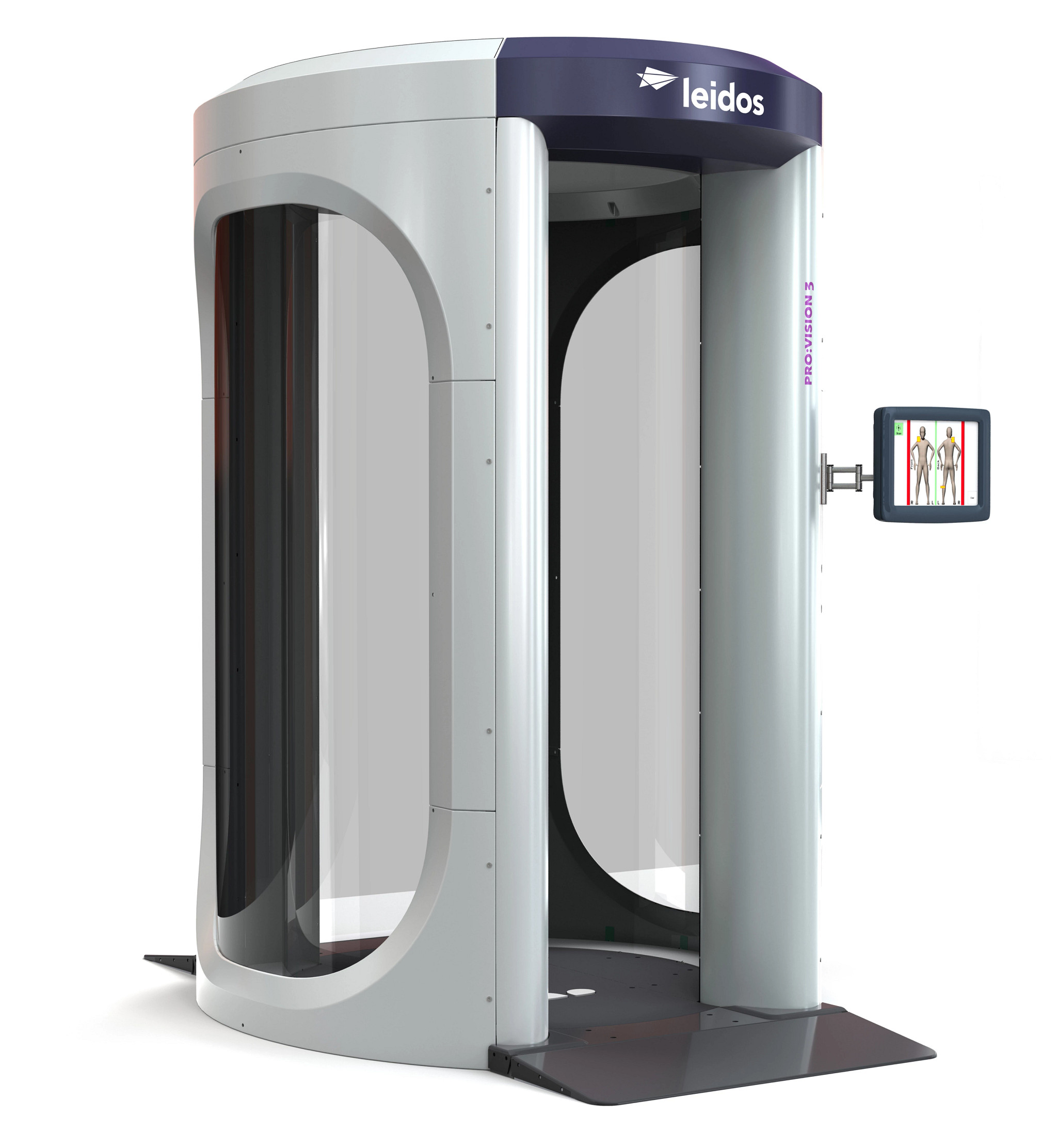Body scanners used at Australian airports for passenger screening are safe and do not pose a health risk.

What are body scanners and why are they used?
Security screening is commonly carried out in airports, and includes the use of X-ray technology for the screening of baggage.
Body scanners have been used for screening at Australian international airports since 2012 and they are also being rolled out in domestic airports.
Body scanners are designed to detect all items worn or carried on a person, not just metallic items. This includes weapons, explosives and other prohibited items concealed under clothing. Some of these technologies can also detect explosives that can be carried by passengers onto aircraft in a powder, liquid, aerosol or gel form. These technologies are already in use in Australia, the United States, Canada and Europe.
Are there safety concerns with the use of body scanners?
Body scanners do not pose any known health risks to passengers or operators. The amount of energy released during the scanning process for body scanners used in Australia is much lower than that emitted from mobile phones.
It is a government requirement that body scanners used for security screening in Australia use non-ionising technology. This means they do not emit ionising radiation such as X-rays.
Types of body scanners
Millimetre wave technologies
The latest technologies for airport security screening are whole-body imaging machines that use millimetre-wave technology to scan an individual’s form.
Millimetre wave body scanners use non-ionising radiation. Millimetre waves are radiofrequency radiation in the gigahertz bands, similar to that emitted by mobile phones.
Clothing and other organic materials appear translucent to radiation of this type. These machines collect radio waves emitted by or reflected from the body to create a three-dimensional image in a generic format that does not compromise passengers’ privacy and shows no human anatomy.
X-ray backscatter technology
Outside Australia, some overseas airports may use body scanners that use backscatter X-ray technology – these apply very low amounts of ionising radiation and measures X-rays reflected off the person being screened, typically many times less than a medical X-ray.
In Australia, body scanners only use non-ionising millimetre wave technology to screen passengers for aviation security screening. X-ray backscatter technology has never been used for passenger security screening in Australia.
Are there privacy concerns with the use of body scanners?
Body scanners in Australia do not collect or store any personal information.


